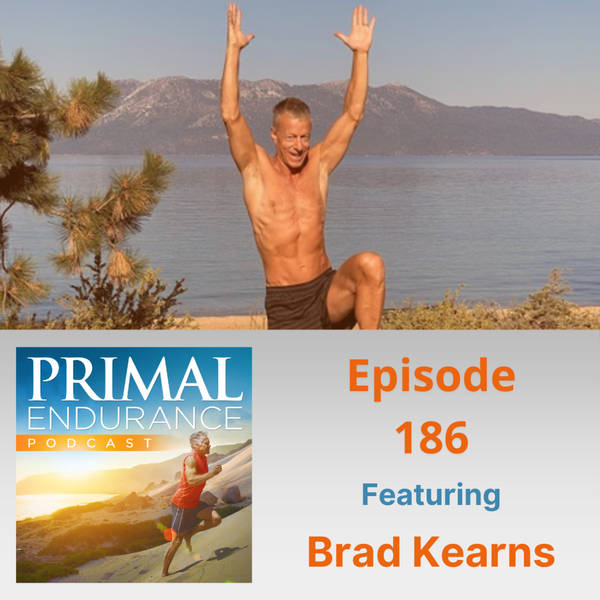
115 Things You Need To Know As A Primal Endurance Athlete, Part 2
In part 2 of this multi-part presentation covering 115 key insights about the Primal Endurance approach, we discuss the next 15-24 items under the category of Aerobic Training (part 1 introduced the six categories: Aerobic Training, Periodization, Primal Eating, Strength and Sprint Training, Complementary Movement And Lifestyle Practices, and Recovery).
In this episode, I continue to provide some color commentary on each insight to provide you with more nuanced knowledge of everything you need to know if you want to have fun and go faster. You will learn why high-intensity workouts are not advised until you’ve built a strong aerobic base, why even a slight stimulation of anaerobic metabolism during a workout can compromise your fat reduction efforts, and what causes endurance athletes to be at high risk for overstress and burnout.
You will also learn which types of workouts can actually improve mitochondrial function and protect you from stress-induced oxidative damage, the benefits of nose breathing during exercise, and why wearing a wireless heart rate monitor is essential to conducting proper aerobic workouts. We also touch on how slowing down to perform better in endurance competitions has actually been proven to be an effective strategy by the world’s leading athletes for over fifty years and the seven habits of highly effective primal endurance athletes (sleep, stress/rest balance, intuitive and personalized schedule, aerobic emphasis, structured intensity, complementary movement and lifestyle practices, and periodization).
TIMESTAMPS:
High intensity workouts are not advised until a strong aerobic base is built. [01:08]
If you are constantly dipping into the sugar burning zones, you are going to promote carbohydrate dependency eating and lifestyle patterns. [03:58]
Besides exceeding maximum aerobic heart rate, some athletes are guilty of an overly consistent regimen. [05:35]
Aerobic and anaerobic workouts and primal aligned eating help improve mitochrondrial function. [09:18]
Mitochondria burn fat and ketones more cleanly than they do glucose. [12:42]
Nose breathing during exercise ensures the most efficient exchange of oxygen on each breath. [14:56]
The black hole designates an exercise intensity that is slightly too strenuous to be aerobic, but not difficult enough to qualify as a peak performance speed workout. [21:28]
A wireless heart rate monitor is essential to conducting proper aerobic workouts. [26:20]
Slowing down to perform better in endurance competition has been proven effective by the world's leading athletes [29:19]
The seven habits of highly effective primal endurance athletes are sleep, stress, rest, balance, intuitive and personalized training schedule, emphasizing aerobic development. [33:33]
LINKS:
Brad Kearns.com Brad’s Shopping page PrimalEndrance.fit The Oxygen Advantage Breath Shift Adapt BOHR EffectSee omnystudio.com/listener for privacy information.
